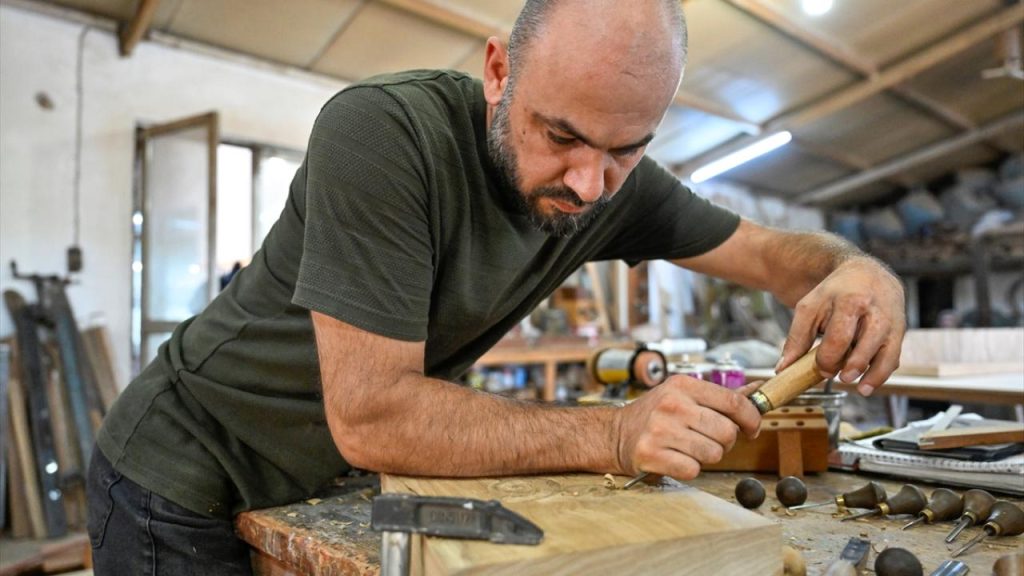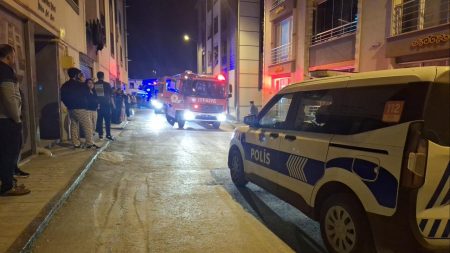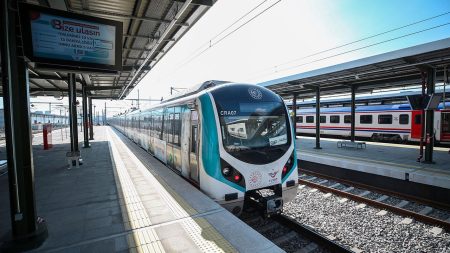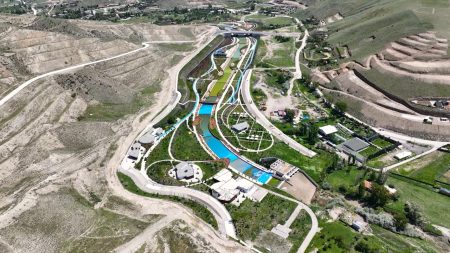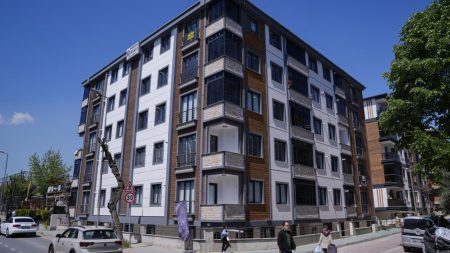Sinop-born Hasan Ercan, who moved to Beykoz with his family when he was 3 years old, began his journey into the magnificent world of wood at a young age in his grandfather’s carpentry workshop in Tokatköy. His talent for handicrafts was inherited from his grandfather Ali Ercan, who was both a carpenter and a joiner. Influencing the course of his life like his grandfather was the world-renowned calligrapher Hasan Çelebi. Ercan, who is one of the few masters in the Turkish decorative arts group who can make kündekari, explores various branches of art such as mukarnas, calligraphy, illumination, painting, pottery, and sculpture. Throughout his nearly 40-year career, he has left his mark on various domestic and international structures, such as the Kıble Mosque in Medina, the Kuba Mosque, and the Fatih Mosque, symbols of the Al-Aqsa Mosque.
Actively passing on this legacy to his son Abdülvahit Ercan, whom he trained as an apprentice, Hasan master has been shaping wood with his art alongside his son, with whom he took a photo in the minister’s pulpit where he engaged in kündekari as a child. Recalling his artistic journey, Hasan Ercan stated that he had been involved with wood since childhood and had been interested in painting and models during high school. He mentioned that due to the political atmosphere of the time, his mother did not allow him to go to university and study fine arts. Ercan turned to the profession of his grandfather, a furniture maker, and began his apprenticeship with the Bulgarian immigrant carpenter Bekir Yanılmaz in Kadıköy Hasanpaşa.
Having met calligrapher Hasan Çelebi after his military service, Ercan prepared bone markers used to correct the pen tip for Çelebi. Upon Çelebi’s liking and request, he started making Mosque pulpits in the kündekari style and eventually left the shoe factory where he worked to open his own workshop. In 1987, after coming back from Medina, where they went to write the inscriptions of the Kuba Mosque, Ercan completely devoted himself to this work. Hasan Ercan mentioned that he has done many noteworthy works so far, such as successfully applying to the announcement opened by King Abdullah II of Jordan to rebuild the minbar of the Kıble Mosque in the Al-Aqsa Mosque when it was completely burned down in a fire in 1969.
Expressing his greatest wish to practice his art at the Al-Aqsa Mosque, Ercan stated, “At that time, they called me for an exam in 2001. They held me there for 4 days. They said, ‘You are an artist obviously, you will come but we have a job. A Syrian, a stonemason, and a craftsman were going to make mukarnas for the balustrade, but they couldn’t. If you can make a sample mukarnas, it would be good, they said.” and had completed the task within 10-11 days. Ercan emphasized that he tries to respect the old masters who worked with traditional tools and hand skills despite the availability of CNC machines for wood carving nowadays. He also expressed admiration for the works of the old masters and mentioned the importance of passing on these skills and love for the craft to the younger generations.
Regarding this, his son Abdülvahit Ercan, mentioned that he had been involved in his father’s workshop since the age of 7-8, spending time there when he didn’t have classes in high school, and trying his hand at the craft. Expressing the importance of the master-apprentice relationship, Abdülvahit emphasized the need to observe the child’s inclination towards the craft from an early age and provide guidance accordingly. He acknowledged his father’s efforts in teaching him the craft and the impact of working on various projects together. Abdülvahit also mentioned the challenge in finding young apprentices willing to learn the trade and pass on the tradition to future generations. Both Hasan and Abdülvahit emphasized the importance of patience, dedication, and love for the craft in keeping this traditional art alive for future generations.









